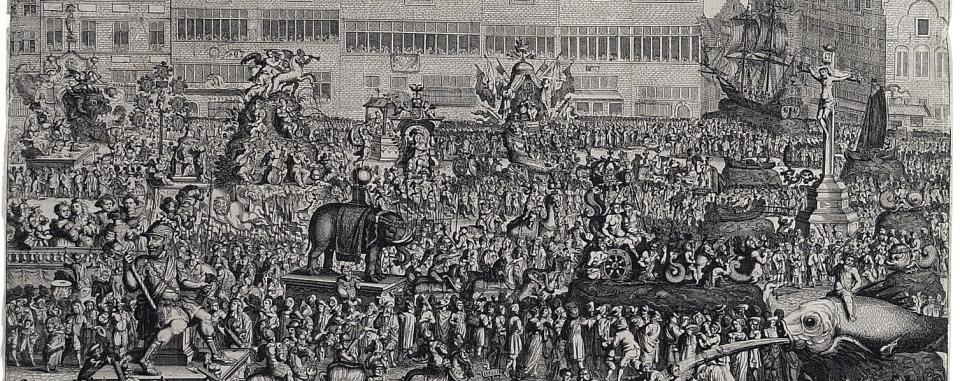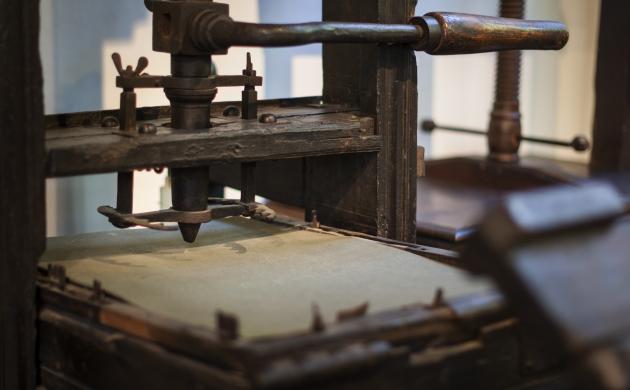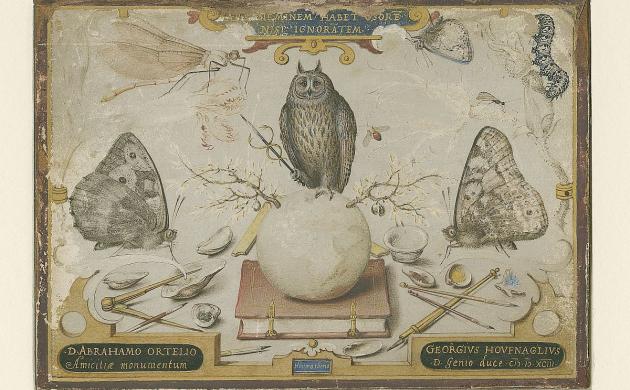From the Print Cabinet's collection
In the 16th and 17th centuries, the streets of Antwerp thronged with parades and processions. On the occasion of the Ommegang pageant in 1685, the Antwerp printer Hieronymus Verdussen the Younger published this print by Gaspar Bouttats together with an accompanying text.
Colourful procession
The print gives a vivid picture of a colourful group passing the houses in Meirbrug. Some of the wagons depict legendary figures, including the giant Antigoon. Others draw inspiration from mythology. In the foreground on the right, a whale drenches some onlookers. Towards the centre, the elephant is following the sea chariot of Neptune and Amphitrite.
Dangers
According to the accompanying commentary, the whale stands for the many dangers that threatened the wares of merchants at sea. Specific mention is made of storms, pirates – and the whale itself. The elephant symbolises the fragility of peace, a highly topical message in the late 17th-century Netherlands.
A real whale in Antwerp
The text also states that both the whale and the elephant were based on live models. The whale was made to resemble ‘one caught here in the Scheldt over a hundred years ago’. Regarding the elephant, it is said that it ‘is made like one that came here to Antwerp over a hundred years ago’. In this way, both wagons also recall the city’s faded grandeur.



